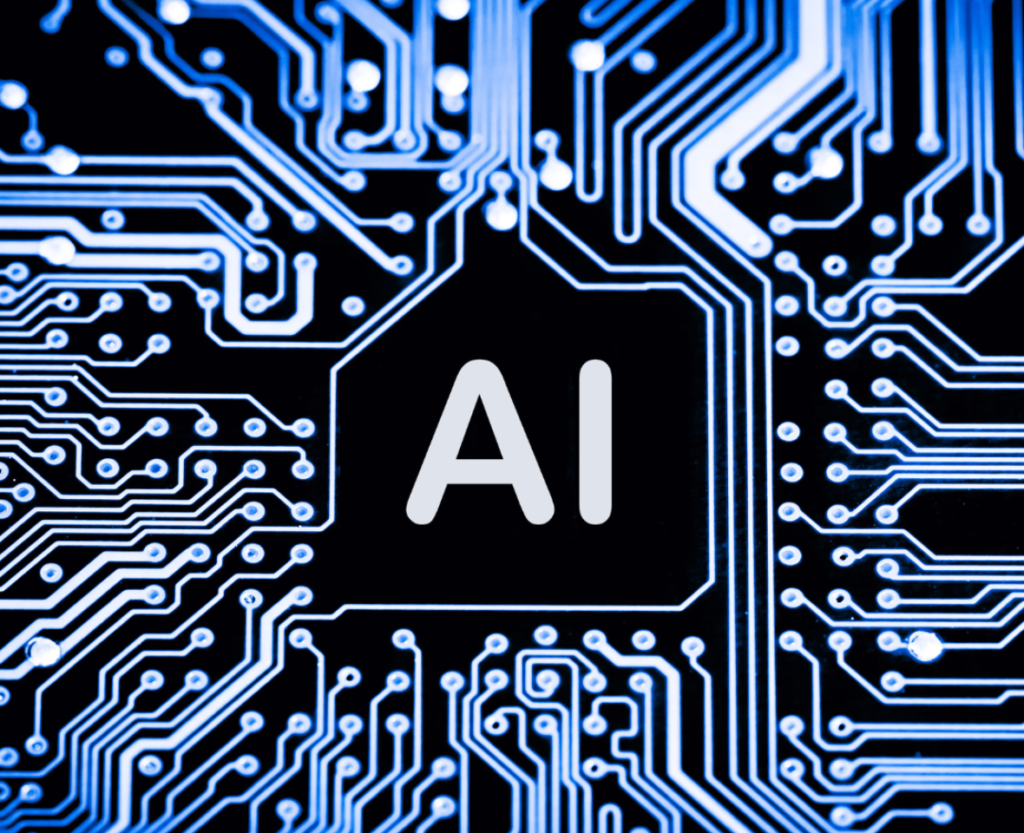Experience 2-3X Greater Compression of Incidents with Pure AI Power–No Rules, No Topology Complexity

Grok minimizes noise with a multi-layered, AI-driven approach that minimizes noise and highlights actionable insights. Using advanced AI, Grok identifies patterns across data sources, compressing thousands of alerts into a single, actionable view or incident. This streamlined approach reduces alert fatigue, helping IT teams stay responsive while gaining clear, prioritized incidents.
Grok pinpoints specific incidents by learning alert relevance, suppressing redundancies, and highlighting critical issues. Grok continuously surfaces recurring, high-impact incidents. This precise targeting streamlines incident response, allowing IT teams to focus on actionable issues and improve operational efficiency.
Grok quickly identifies and isolates underlying causes of complex incidents by correlating related alerts and telemetry data, grouping them as indicators of probable root causes. These groupings are displayed in a contextual timeline alongside ITSM or change management information, providing additional situational clarity.
Grok’s Cognitive AI Architecture is modeled after key brain functions, such as the neocortex, responsible for higher cognitive tasks like causal inference and decision-making.Grok performs object detection by synthesizing and associating data with underlying causes, similar to how the brain processes sensory inputs.This design enables Grok to:

A whitepaper on AIOps and Grok’s Cognitive AI Architecture

Discover the Transformative Power of Grok by Embedding AI into the DNA of your IT Operations.